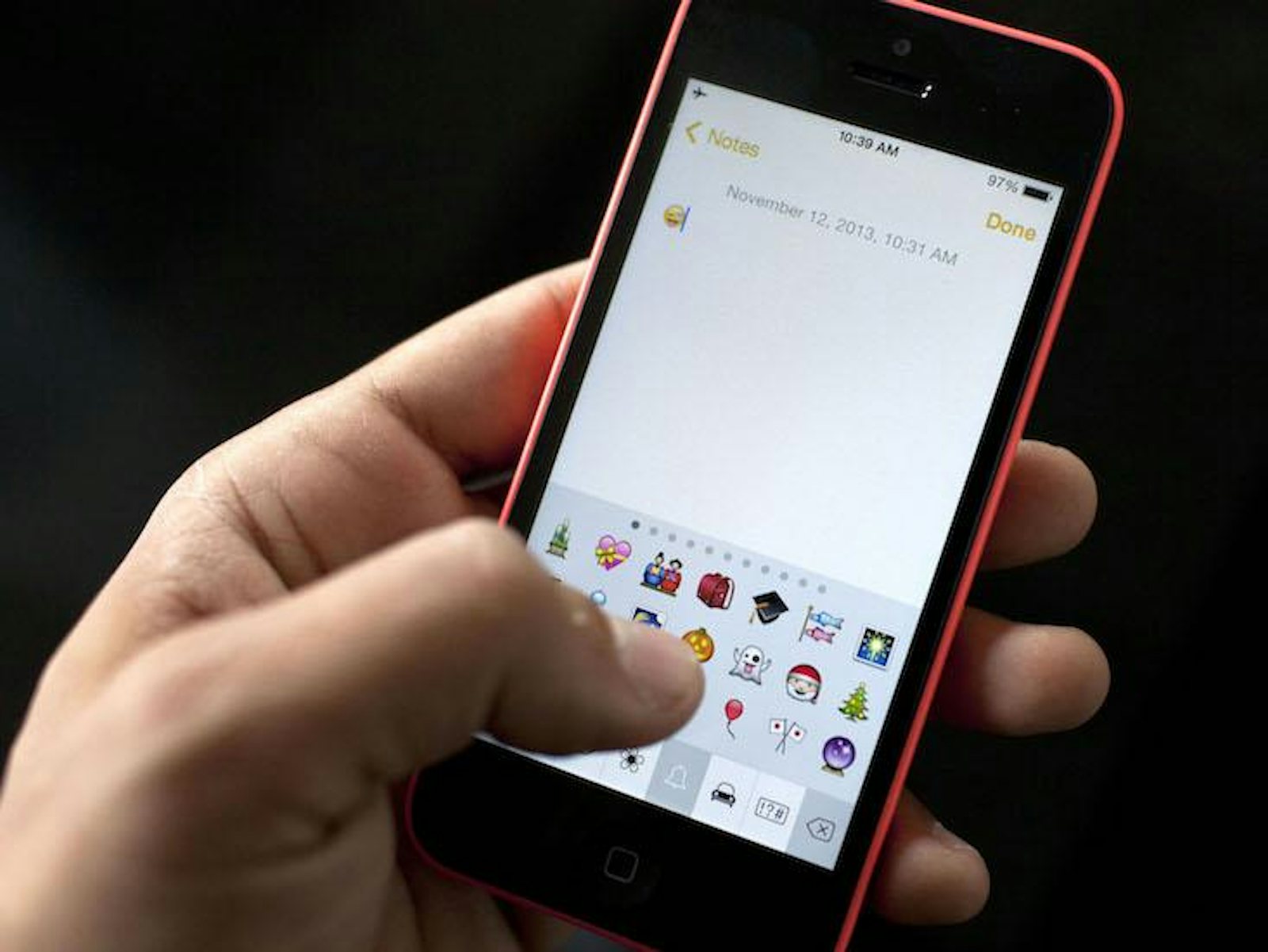On Facebook, iPhone messenger, and What’s App, conversation is often silent and devoid of body language. Emotions are condensed to icons on a screen: a happy face, a wink, or a kiss blown to a loved one through LTE and pixels. These emoticons (a portmanteau of “emotion” and “icon”) and emojis (everything else from crocodiles to beer), since their introduction on the iPhone in October 2011 and Android early the next year, seem to be everywhere. A recent poll, for example, showed that 38 percent of text messages within the United States contained at least one; in the United Kingdom, 48 percent did, the third highest percentage in the world behind France (50 percent) and Finland (63 percent). How did this trend get started?
Arguably with autism—or, at least, with autistic-like personalities. Today, a significant number of the computer scientists from the mid-to-late 20th century would be considered to fall somewhere on the autism spectrum, or at least would have exhibited similar traits, says Steve Silberman, author of the 2015 book Neurotribes: The Legacy of Autism and How to Think Smarter About People Who Think Differently. Emoticons are “social captioning for people who have trouble parsing sarcasm and innuendo,” he writes. As Hans Asperger, the German psychologist who first recognized that autism encompasses a broad spectrum of behavior, wrote in the 1940s, “It seems that for success in science and art, a dash of autism is essential.”
“You would have to say that a lot of us had pretty compulsive personalities,” says Scott Fahlman, who was an assistant professor of computer science at Carnegie Mellon when he came up with the happy-face emoticon. “To be a good programmer, you need to obsess over details and constantly anticipate all the ways your program could go wrong, so we’re a group that is self-selected for that kind of personality.”
“Icons work well with the ways some autistic people’s brain’s work.”
It all began with a joke—a bad one. On September 16th, 1982 (a Thursday), Neil Swartz, a computer scientist from Carnegie Mellon University, in Pittsburg, asked his colleagues—a group of junior faculty members, programmers, and grad students—to solve a hypothetical puzzle on their internal bulletin board, or bboard. As was often the case, it was a brainteaser of theoretical physics. It involved an elevator, a lit candle, and a blob of mercury.
“The cable snaps and the elevator falls,” Swartz wrote. “What happens to the candle and mercury?” Would the flame go out? How would the molten metal react? Instead of providing an answer, one user wrote, “WARNING! Because of a recent physics experiment, the leftmost elevator has been contaminated with mercury. There is also some slight fire damage. Decontamination should be complete by 08:00 Friday.”
Many didn’t detect the sarcasm; they thought the elevator was actually out of action for the day. As Swartz wrote the next morning, “I have discovered that there is no mercury spill in any of the Wean Hall elevators. Many people seem to have taken the notice about the physics department seriously.” To prevent similar misunderstandings in the future, he proposed that they find a way in which jokes could be delineated from all other posts. How about an asterisk in the subject field? With this guide, there would be no more misunderstanding (but also no more punch lines.)
Soon after, “%” was put forward as a marker. Then both were combined: “*” for good jokes, “%” for bad jokes, and “*%” for “jokes so bad, they’re funny.” Another user, Keith Wright, wasn’t content with all of the above. “No, no, no!” he wrote at 17:40 the next day. “Surely everyone will agree that & is the funniest character on the keyboard. It looks funny like a jolly fat man in convulsions of laughter. It sounds funny (say [ampersand] loud and fast three times). Two minutes later, “{#}” was added to the list after a “detailed (i.e. > 1 minute) study of the aesthetic and pictographic effects of the characters available… it looks like two lips showing teeth between them. This is the expected result if someone actually laughs their head off.”
In their computerized comfort zones, away from face-to-face conversation, the bboard users were testing and developing fresh forms of communication. On September 17th, 1982, at 17:42, Fahlman, proposed that the trio of colon, dash, and closed parentheses should be used as an indicator of jest. That is, 🙂.
His peers accepted his proposal, and the first emoticons were born. “Real-life communication just has so many channels, and [emoticons] reduce the number of channels, reducing complexity,” says Bhismadev Chakrabarti, a neuroscientist and director of research at the Centre for Autism at the School of Psychology and Clinical Language Sciences, at the University of Reading in the United Kingdom. “They are basically symbols…. It’s not so much that it gives an understanding into emotions, but these emoticons can serve as behavior predictors.”
Silberman tells me that emoticons make the subtleties of emotion explicit to “people who struggle to process subtle social signals in face-to-face situations.” Emoticons, he adds, “are not a universal language among autistics, because all autistic people are different, but icons work well with the ways some autistic people’s brains work.”
Alex Riley is a freelance science and nature writer based in Berlin. His work has been published by Aeon, NOVA Next, the BBC, and other outlets. Follow him on Twitter @riley__alex.
Watch: David Edwards, a Harvard biomedical engineer who started his own restaurant, explains the basics of innovation.

The lead image is courtesy of downloadsource.fr via Flickr.


























